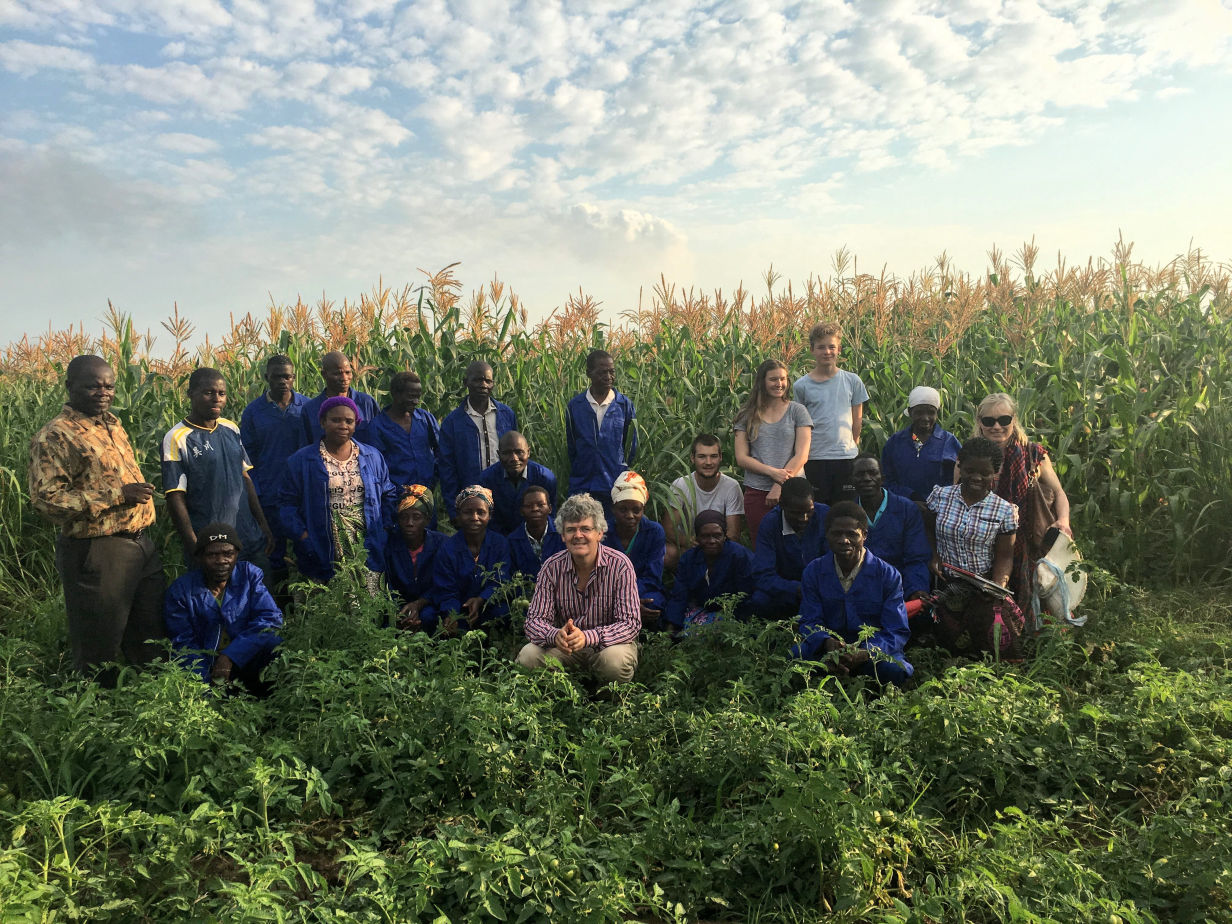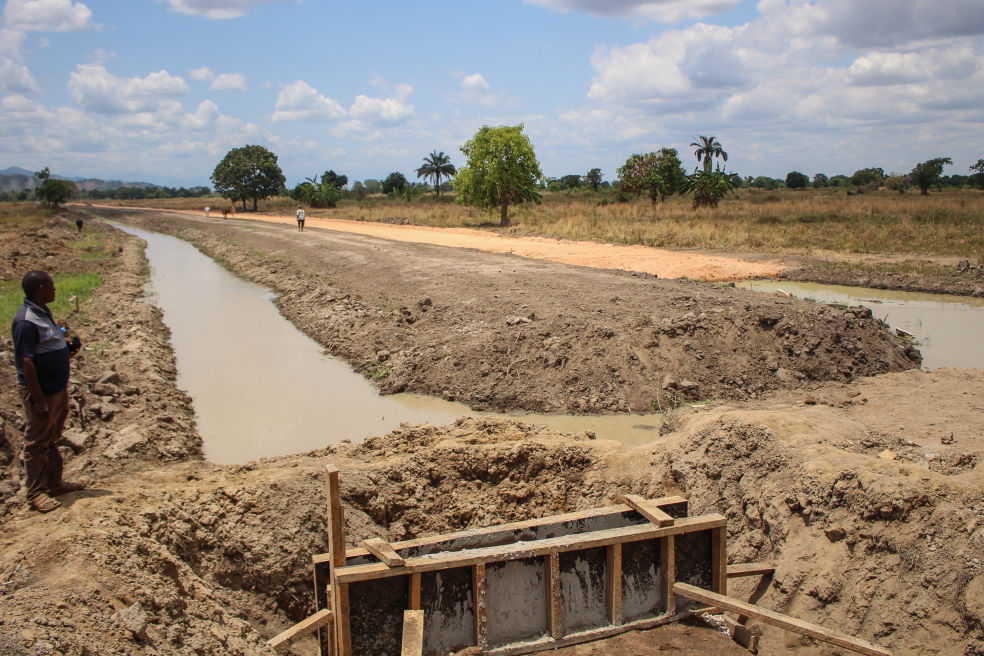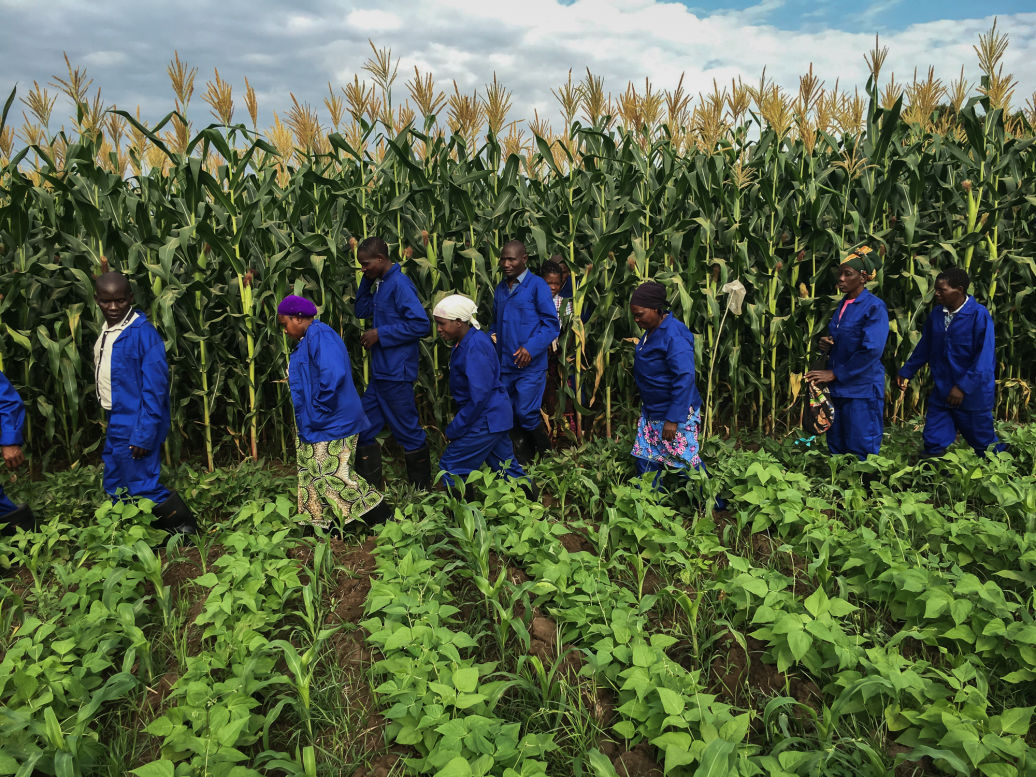The Irrigation Master Plan and Investment Framework
Irrigation development is a priority for the Malawian government, amid concerns over rising food prices, population growth and climate change. However, past efforts to support the irrigation sector have met with mixed success. Yields have remained low and some schemes have fallen into disrepair through lack of funds for operation and maintenance.
The Malawian government released a new Irrigation Master Plan and Investment Framework in 2015 to assess the nation’s land and water resources and the cost of developing them for irrigation. The biophysical assessment showed that there were around 4.2 million hectares suitable for cultivation, but water was the limiting factor.
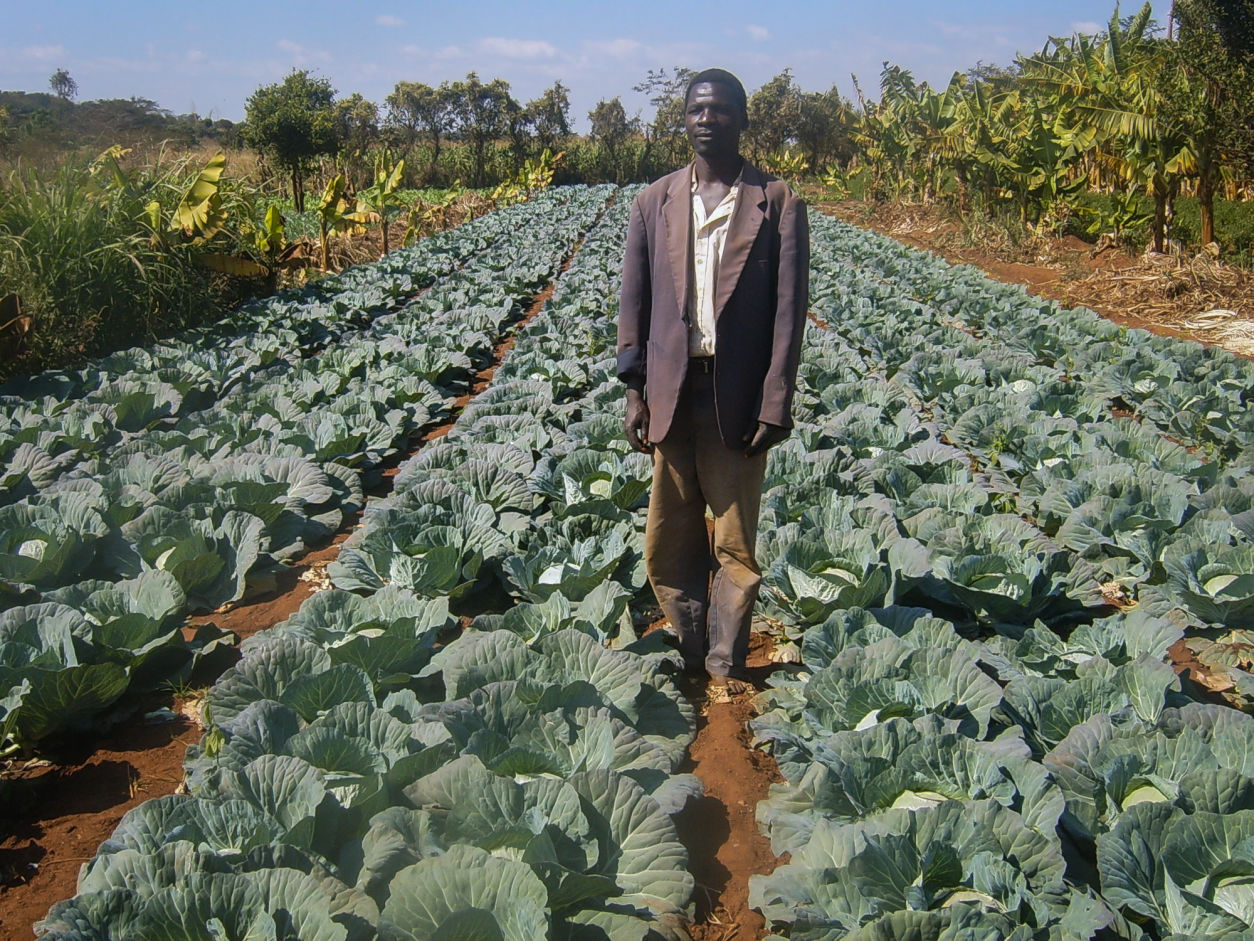
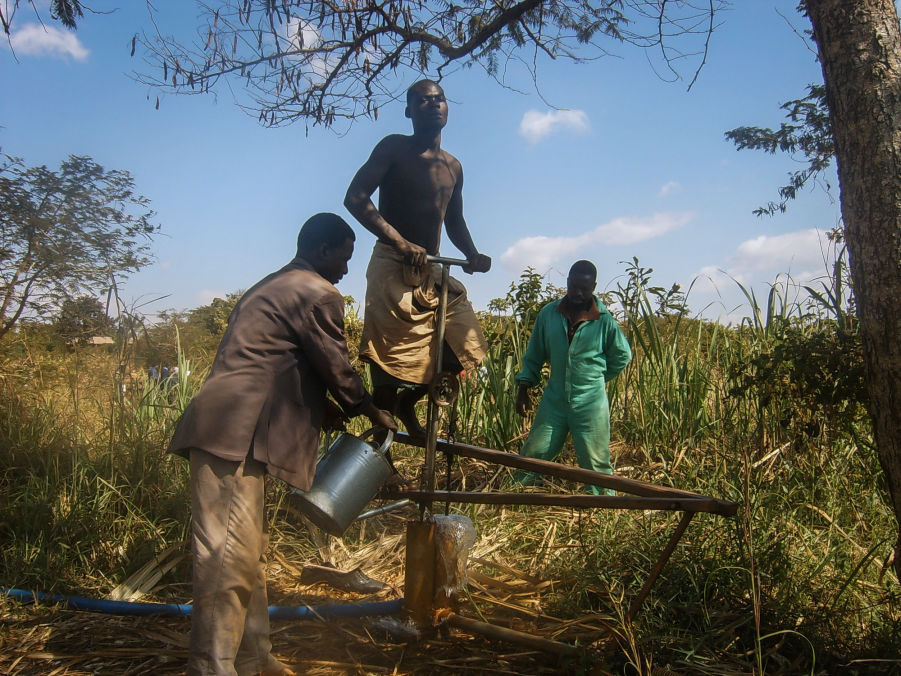
Malawi currently has about 100,000 ha under irrigation and sufficient water resources to develop a further 300,000 ha. The cost was estimated at US$ 2.4 billion, or around US$ 100 million annually over the next 25 years. About half these funds would be used to build new schemes, one third to fix and upgrade existing schemes, and the remainder on training irrigation staff and farmers.
This training is essential, because the investment plan makes important assumptions about the yields that farmers will get, and the amount of water they will use. If the farmers do not increase their yields, or if they use more water than they should, the investment plan will fall apart.
